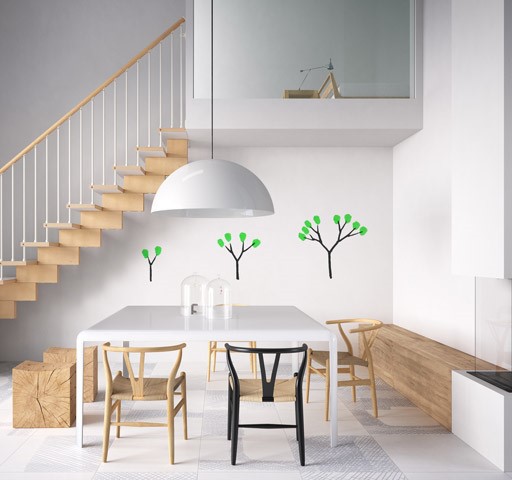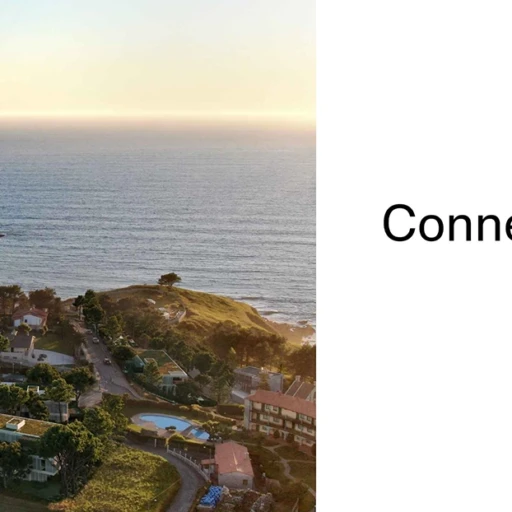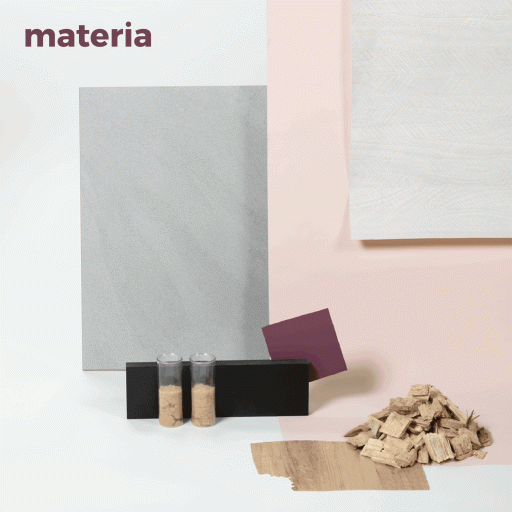A hotel is so much more than just somewhere to spend a night. It can host meetings, training sessions, and retreats, or be a hub of activity, all in the same space. This hybridisation of uses and needs has been only been amplified by the pandemic, which did away the hyper segmentation approach that the hotel sector was working with in favour of new ideas for existing spaces. We’ve put together a selection of trends seen at Interihotel and Equiphotel trade fairs and explained them below.
The first thing that the hospitality sector did in the face of border closures and the decline in tourism was turn into coworking spaces to ensure that the spaces remained profitable, with reception areas and hotel restaurants turning into meet rooms and workspaces.
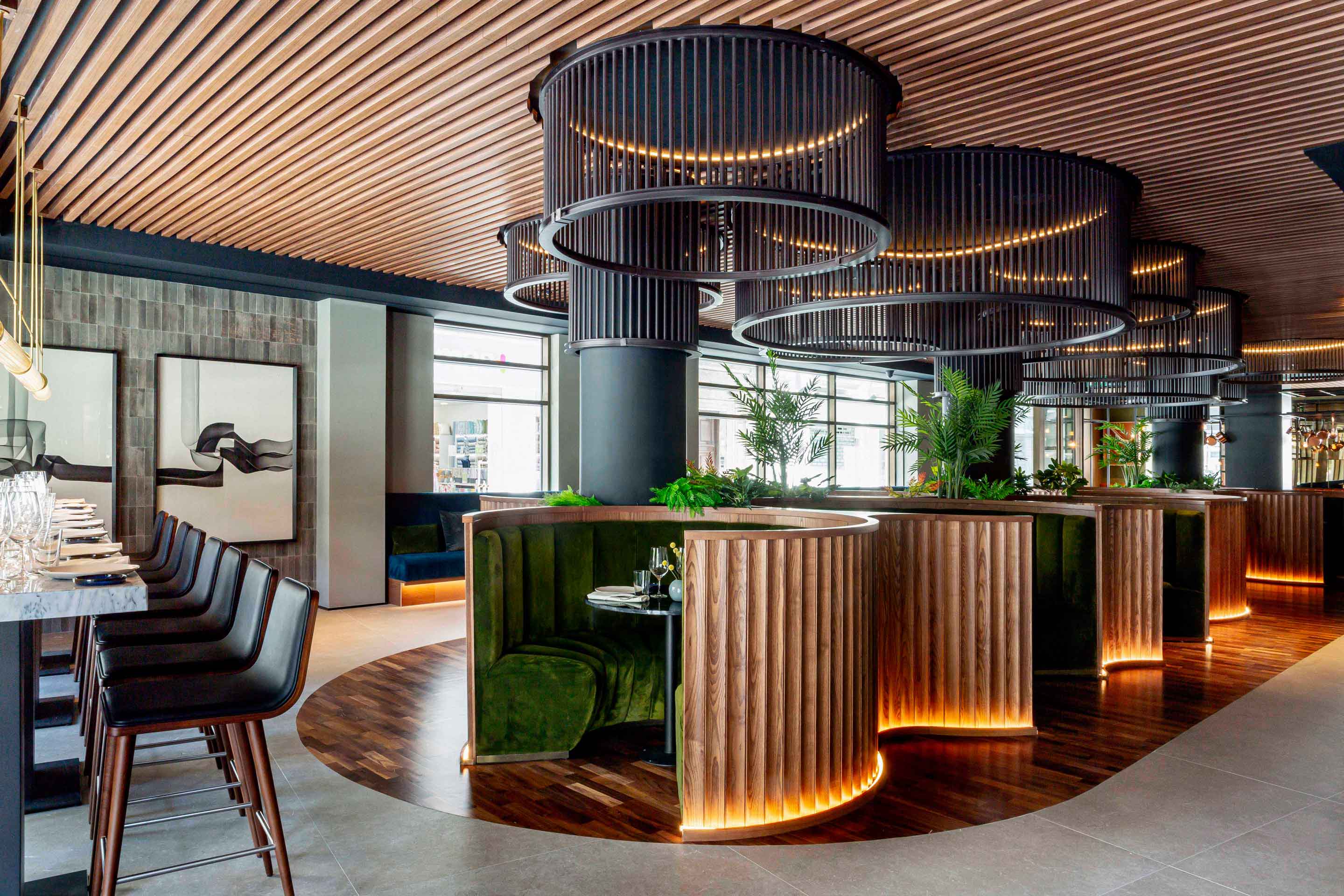
Once we had our social lives back and things started opening up again, different types of hotel services were developed in order to meet the needs of any and every purpose, be it travelling family, work, or sport and leisure.
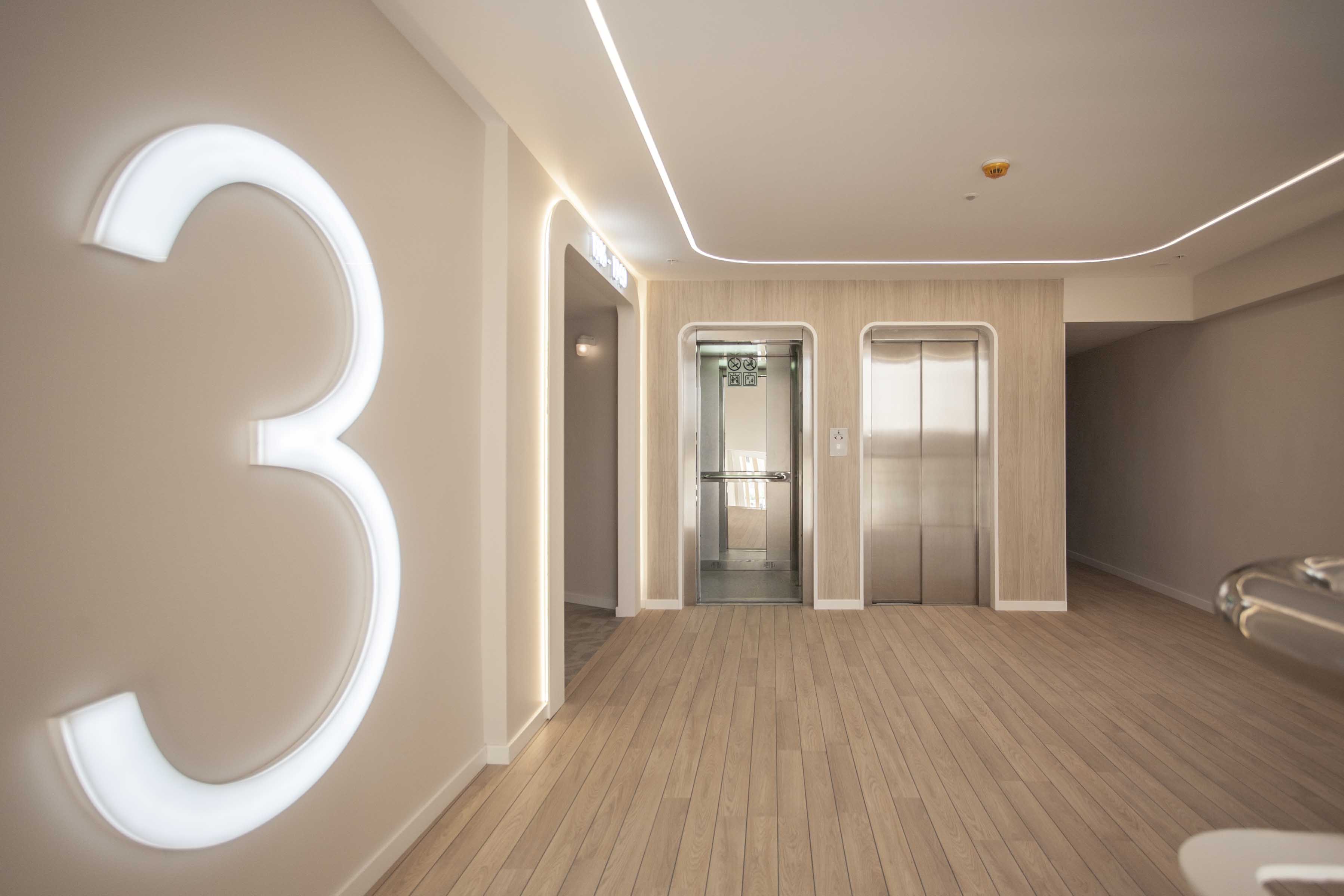
The very special penthouses and terraces were also opened up and repurposed as restaurants, gyms, and outdoor event spaces. These spaces are a definite must for any project in development.
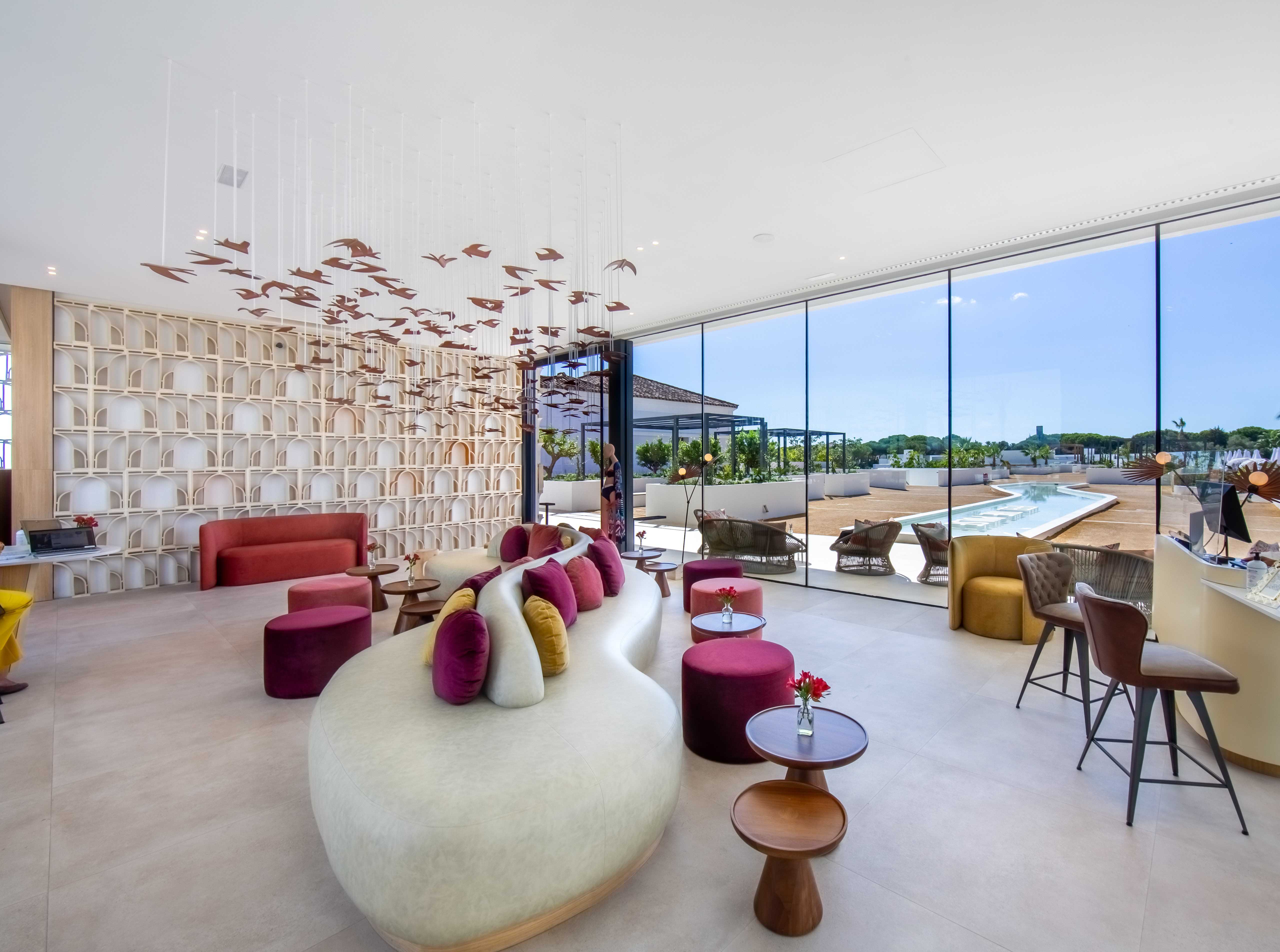
When it comes to interior design, there is still a lot of innovation ahead for the sector. Many products are quite similar to each other, but more aggressive textures are starting to pop up in spaces where timber has dominated thanks to the sense of warmth and comfort it provides. New materials, products, and solutions for outdoor use are needed, including paving, finishes, and furniture, and they must follow the sustainability guidelines that make it easier to use certified sustainable materials.
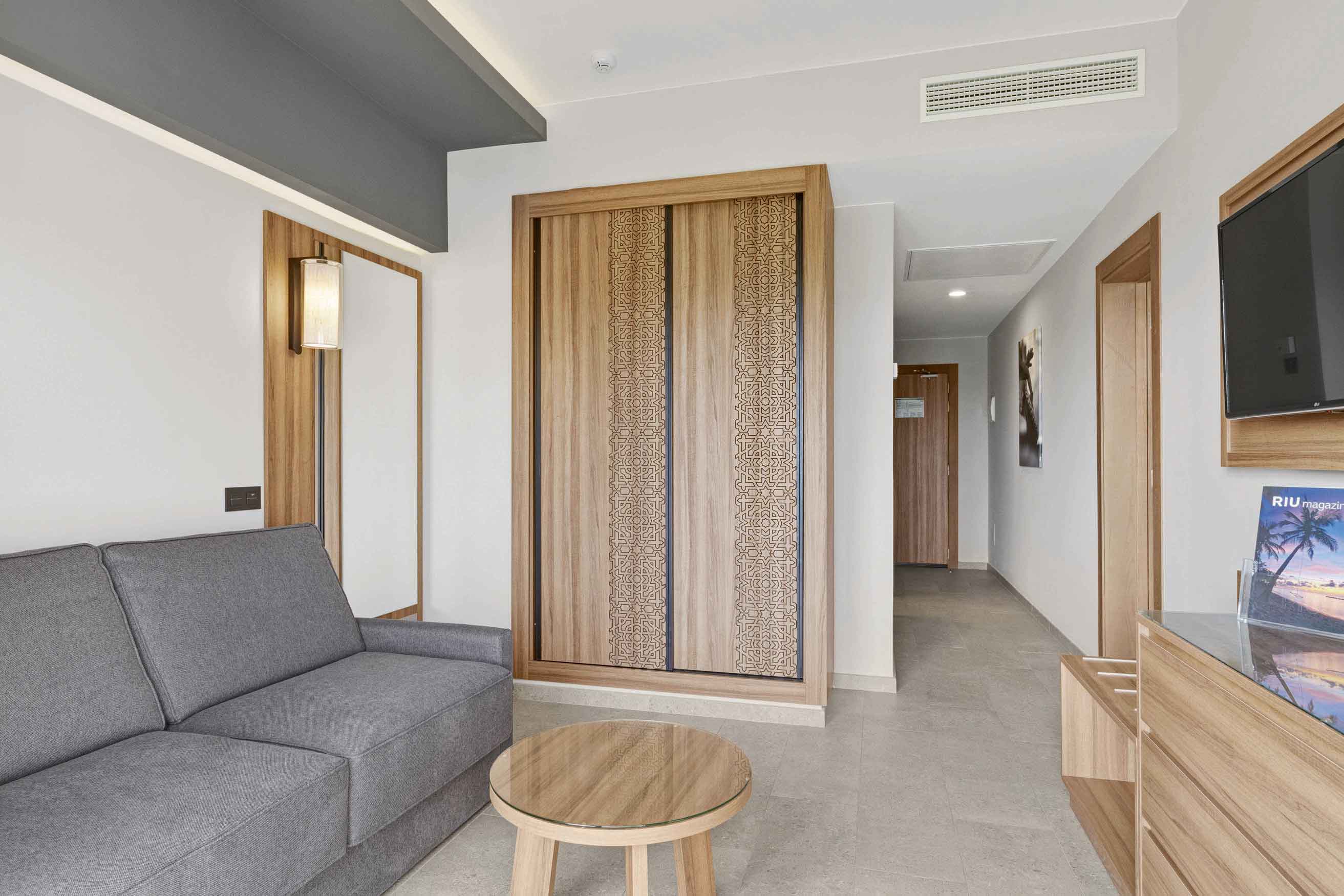
We’ve also seen that, in today’s hotel sector, the same chain might build a hotel decorated in soft tones in one location and a boutique hotel using different materials somewhere else. Context will be an important factor when it comes to coherent interior design in this field. We also saw hybridisation of materials with stone, rusted looks, aluminium, and timber being used side-by-side.
Nevertheless, there are two clear camps: interiors that lean towards the rustic thanks to the materials they use with imitation wood grains or cracks, and, on the other side of the fence, the more sophisticated Italian design with soft, elegant lines.
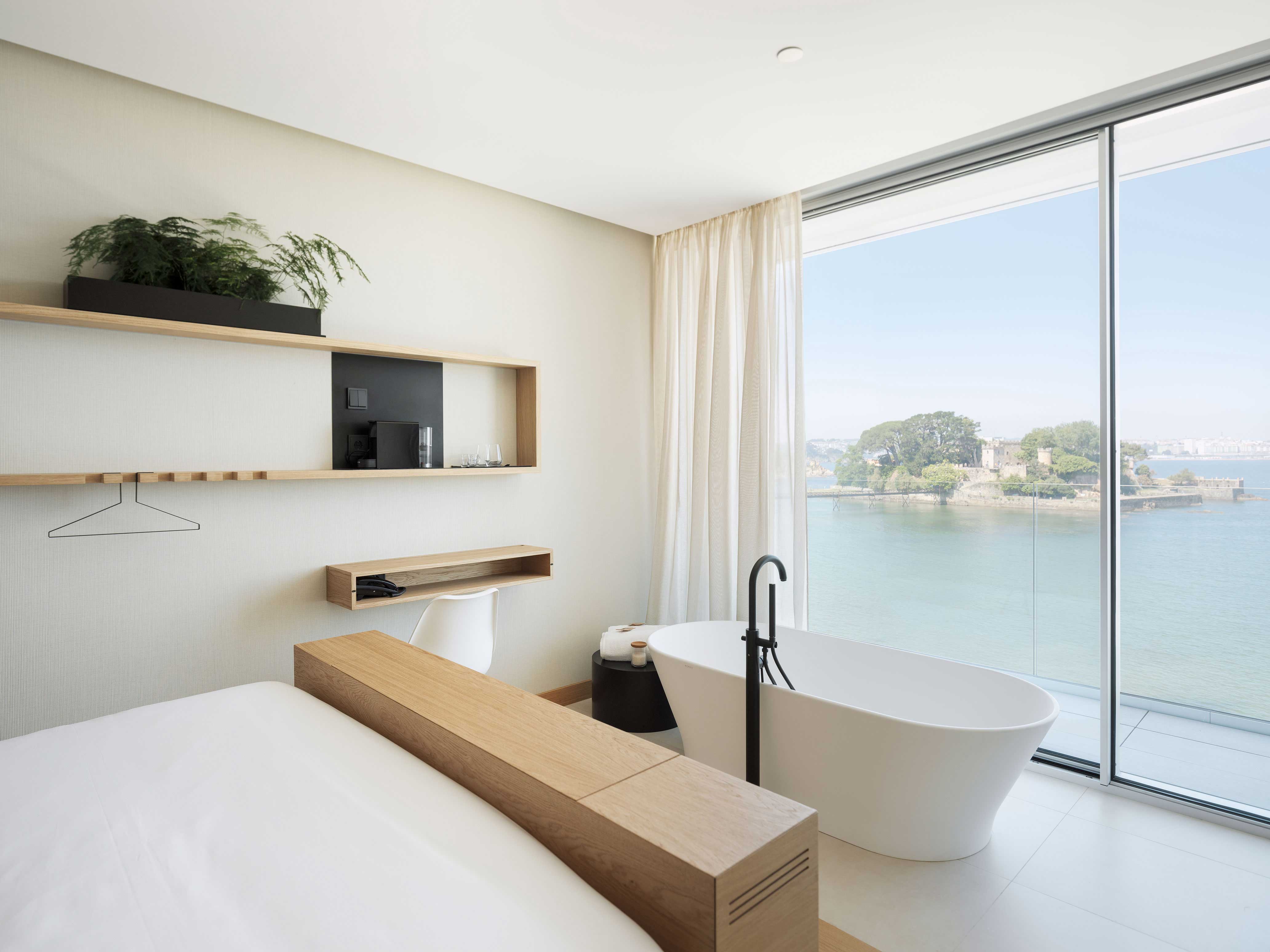
What do you think of these trends? Would you use any of them in your projects? Join the conversation on socials using #ConnectionsByFinsa.


